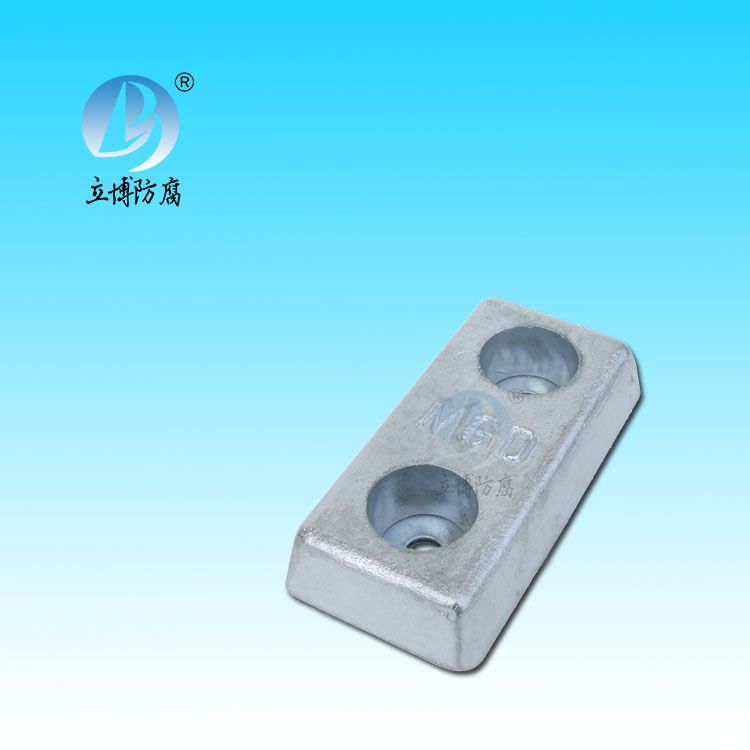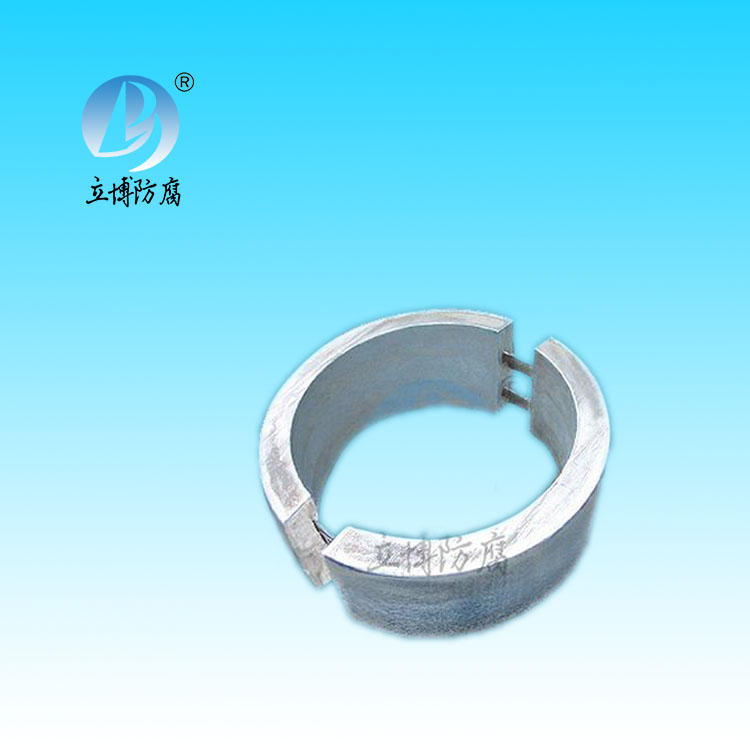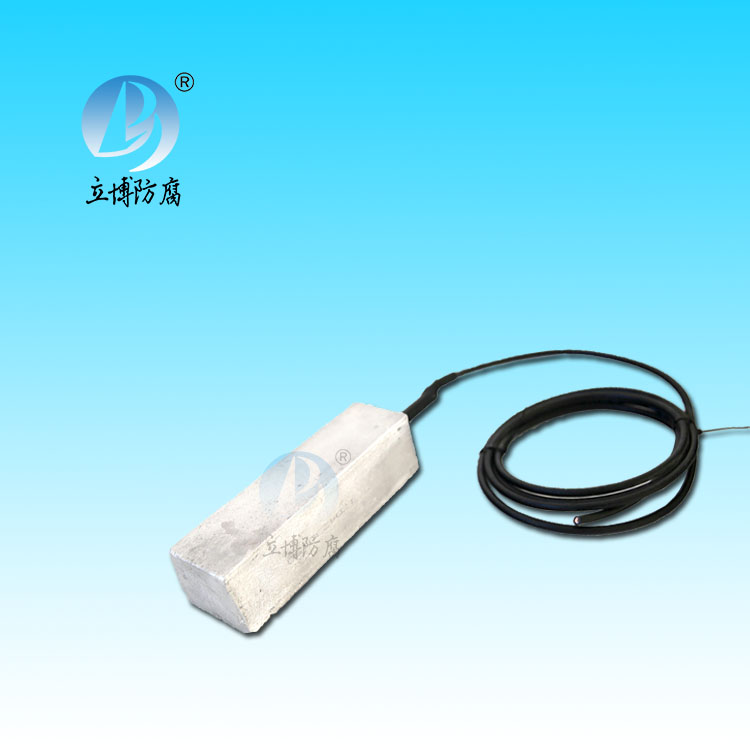News
News
- What is a sacrificial anode
- Basic requirements for reference...
- What does the reference electrode do...
- Why are zinc blocks attached to the ...
- What is the principle of impressed...
- What material does metal structure...
Contact
Phone:18739187123
hotline:0391-7588881
E-mail:970512272@qq.com
Address:Wuzhi County, Jiaozuo City, China
Industry News
Internal cathodic protection of aqueous crude oil storage tanks
- Author:Libo
- Source:wm.gofitnessfreak.com
- Date:2021-06-11
- Click:0
After secondary and tertiary oil recovery from reservoirs, the oil produced is usually "water-cut crude," which consists of brine and crude oil, associated gas with high CO2 content and, in some cases, a small amount of H2S. Water-cut crude oil always contains solid particles from the formation.
According to the application requirements, water-cut crude oil is collected into a large steel storage tank (separation tank) of 100~10000m3 for processing. In the process of treatment, waste water will be discharged, which is corrosive because of its high salt concentration (1Mo1 /L), high CO2 content (equivalent to 1bar, i.e., 1×105Pa partial pressure), PH value maintained at 6 after buffering with CaCO3, and small amount of H2S and trace amount of O2. The investigation results show that under these conditions and the maximum operating temperature of 70℃, ucU-CUSO4 =-0.95V protection potential must be used. At PH =4 in unbuffered media, the protective potential must be reduced by another 0.1V. If the total current density-potential curve is steep, a correspondingly high protection current requirement must be adopted. The lowest current densities are 10A·mˉ2, but if scaling occurs, they become much smaller.
If the paint is used alone, the anticorrosive layer is required to be perfect and non-destructive, without any pinholes or defects during the use. Because this is difficult to ensure, there is a risk of forming an anticorrosive battery, so it is wise to combine the coating with cathodic protection. The coating selected must be compatible with cathodic protection and must be suitable for operating conditions, and references are given for such decisions. Due to the neglect of cathodic damage of the coating, serious damage of the coating has occurred in the past, resulting in a significant increase in the protection current density. Internal cathodic protection without damage to the anticorrosive coating is possible only with a resinous coating with sufficient resistance and a thickness of more than 800μm. The stability of the coating against cathodic vacuoles can be determined by long-term test and accelerated test, and this characteristic should be verified under actual operating conditions.
Internal forced-current electrochemical protection is usually a niobium anode coated with metal oxide and, in small tanks, a zinc sacrificial anode has also been used; Potential control should be implemented to avoid unacceptable negative potential; To use a pure zinc electrode as a reference electrode for monitoring and controlling the exposed area, such an exposed area must be anodized clean throughout the operation; These reference electrodes were examined with an AG-AGC1 electrode.
Because the electrolyte has a good conductivity, a good current distribution is expected. However, if a large area of corrosion layer damage, due to the low polarization resistance, local under-protection is difficult to avoid, therefore, with multiple electrode control is wise.







 客服QQ
客服QQ